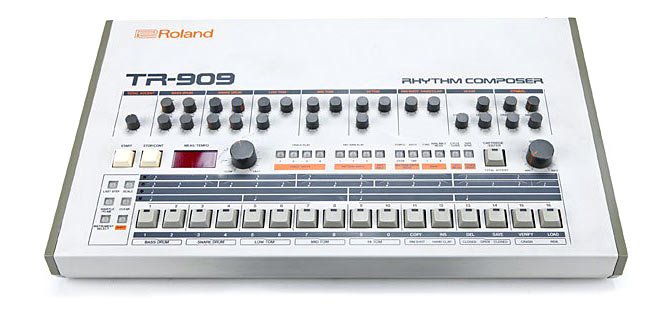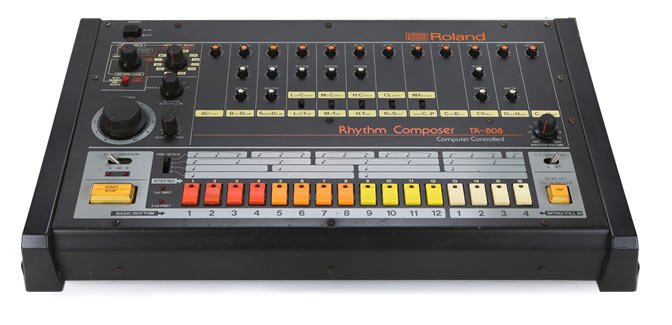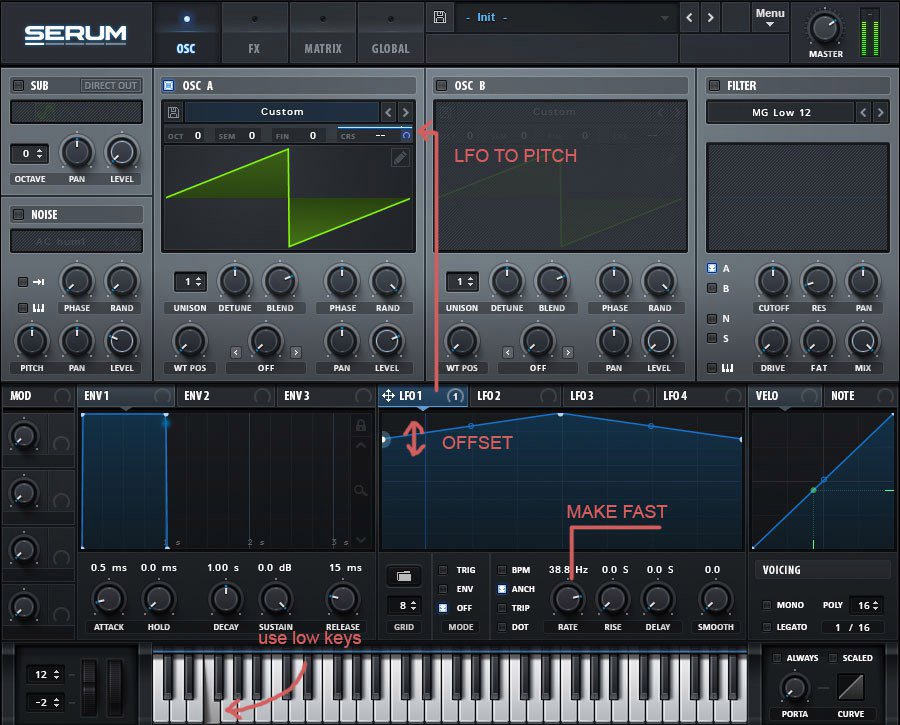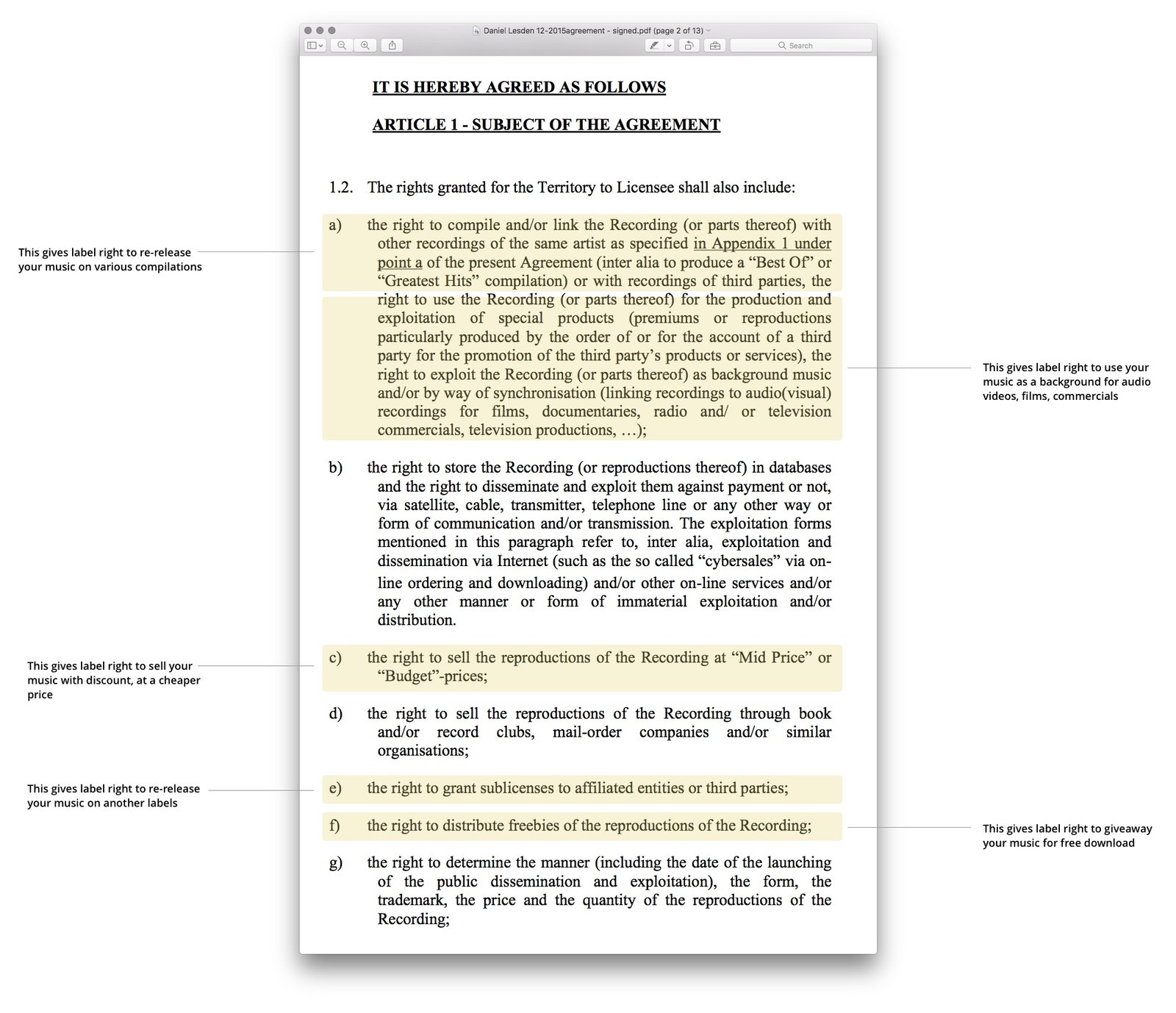Percussion sounds
Buy samples or make your own

Hello Daniel Lesden, I see you create your own kick drums, I was just wondering if you could explain if you use samples or create other elements of the percussion as well. Thanks and enjoy all of your music!
Justin Spritz
Good question Justin. Kicks are one of the loudest elements in electronic dance music, it directly affects on a character of your sound, and even determines the genre — you can easily say “this is a Psy kick, and this one sounds like a Techno kick”. Hence why, as you mentioned, I do recommend to make your own kick drums.
Percussions, however, is a different story: I use samples, and I’ll explain why. But first, let’s make a little detour.
Formally speaking, percussions is a very broad group of instruments: there are dozens of traditional instruments from all over the globe. But speaking of electronic dance music, term “percussions” usually refers to drum kits of the legendary drum machines, Roland TR-808 and TR-909. This is a sort of iconic kit: bass drum, snare drum, toms (low, mid, high), rim shot, clap, hats (open, closed), ride cymbal, and crash cymbal.


The most interesting thing is that these sounds almost hasn’t changed: producers of nowadays use these sounds in every single track just as their predecessors did 30 years ago. Let’s take a listen to several tracks throughout the past two decades:
As you can hear, every track has these classic snares, hats, rim shots, and other samples from Roland drum machines. Processed, edited and mixed, but they are still here.
Now back to the topic, I think of percussion samples as a raw material. Like bricks for house building, or like a potato. You can boil it, stir fry it, stew it, bake it, make a mash, make chips, and cook it by hundreds of other recipes. And the best things is that you don’t have to grow your own potato unless you want to, or you are a farmer. Luckily, we can buy a potato in the nearest store, and it won’t make any difference to our dish.
I found it more fun and more productive to process, edit, layering, and do other manipulations with these raw percussion samples, rather than make my own from scratch.
So here is my advice: create your own samples if you want to practice on sound design and synthesis (recreating authentic sounds is challenging task!), or you want to achieve something very specific, probably unusual or synthetic. Otherwise, get a pack of proper classic TR-808 and 909 samples, or buy a drum machine if can afford it — it will serve you for good.
But what I do not recommend is to get some odd genre-specific sample pack named like “Future Shocking EDM House Drums”: usually, such packs includes very processed sounds, i.e. not the raw material that we would look for.
On cover image: Roland Aira TR-8, a reincarnation of both classic drum machines in a modern instrument.

